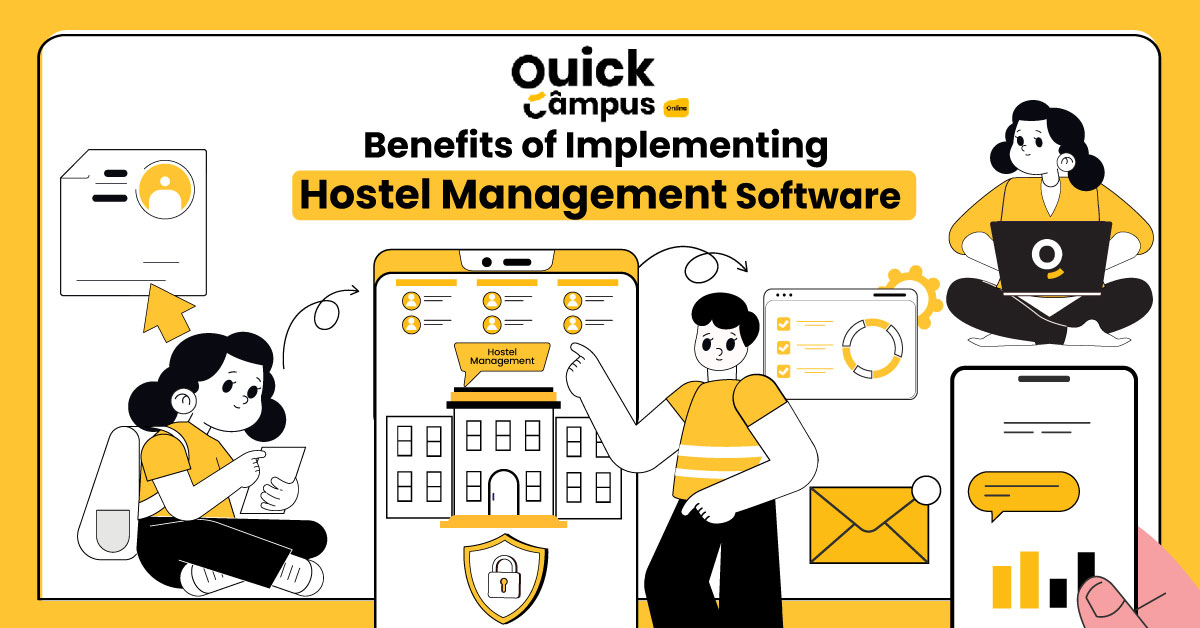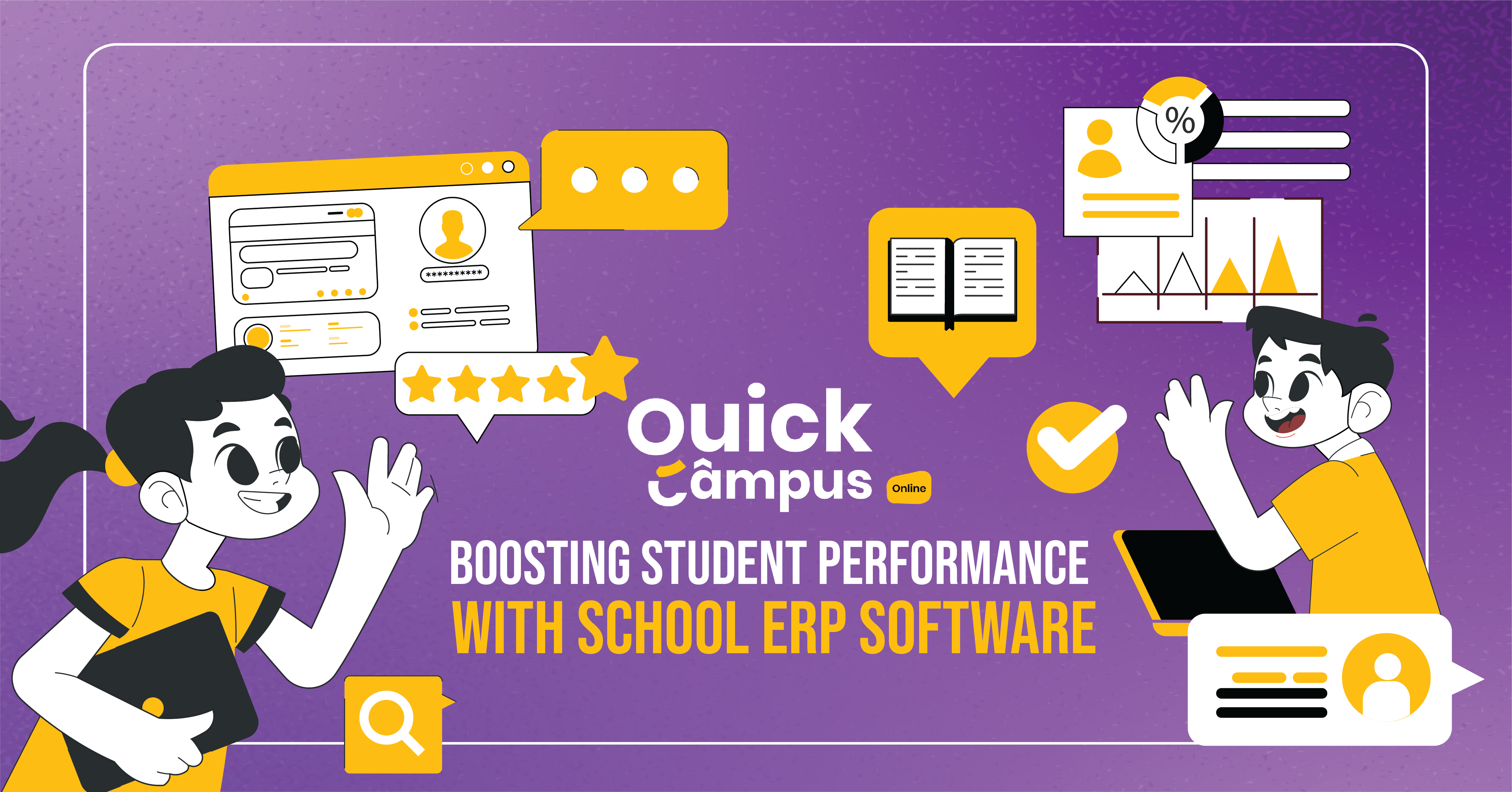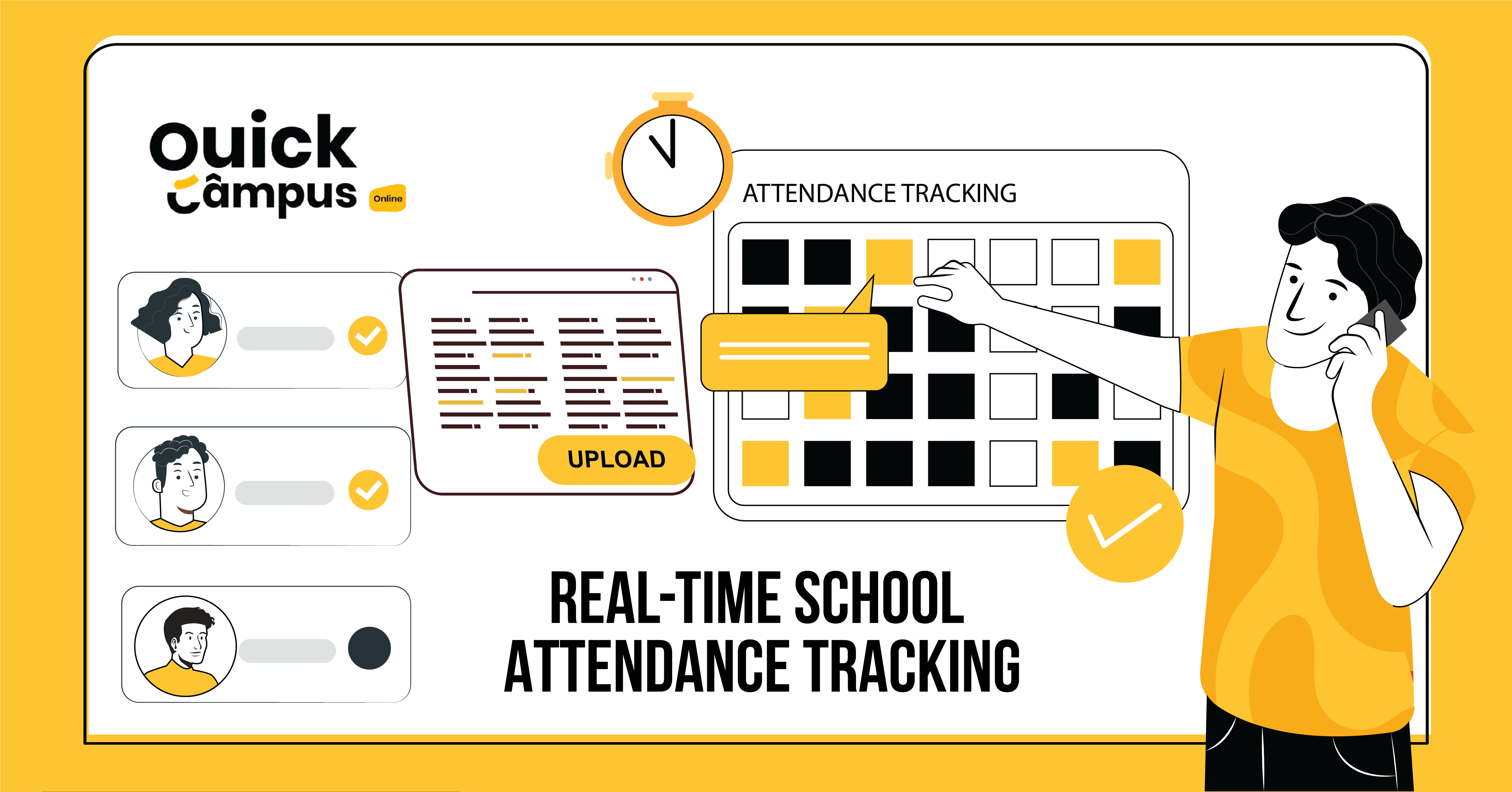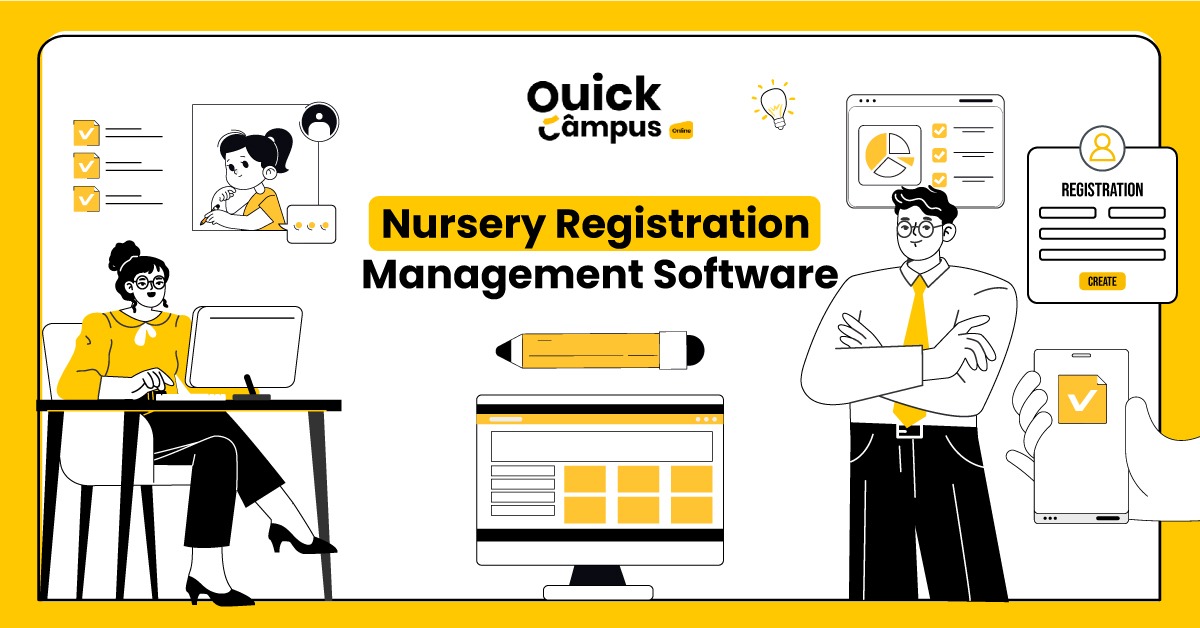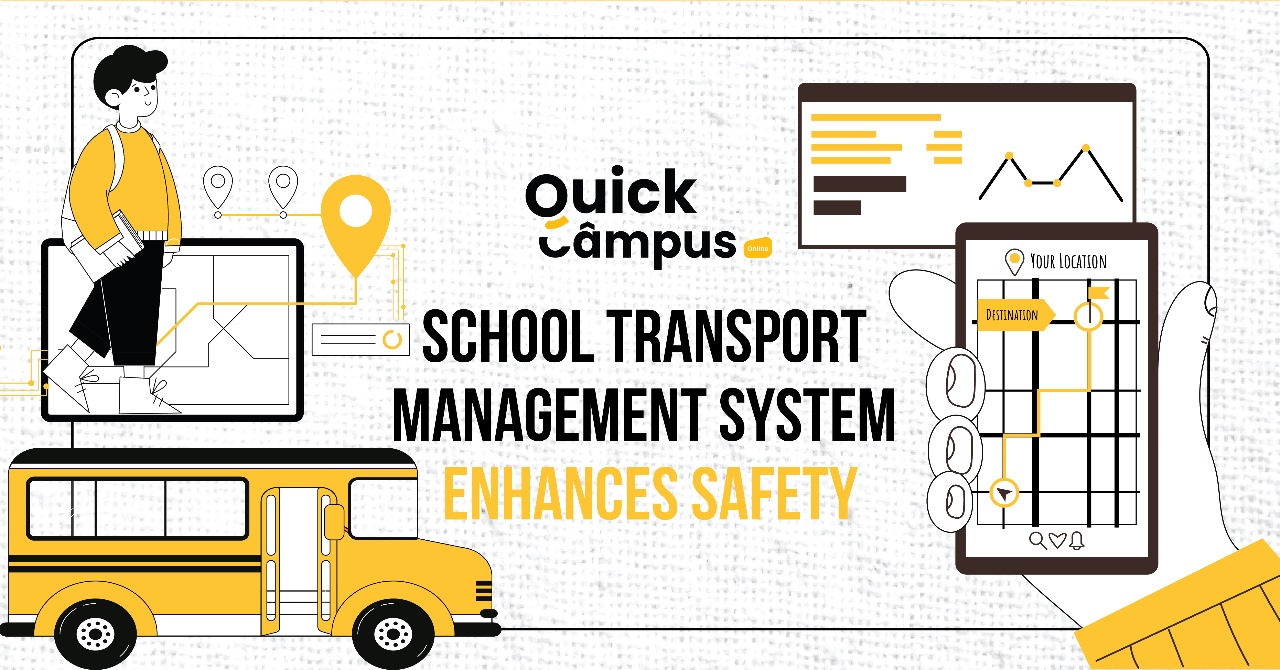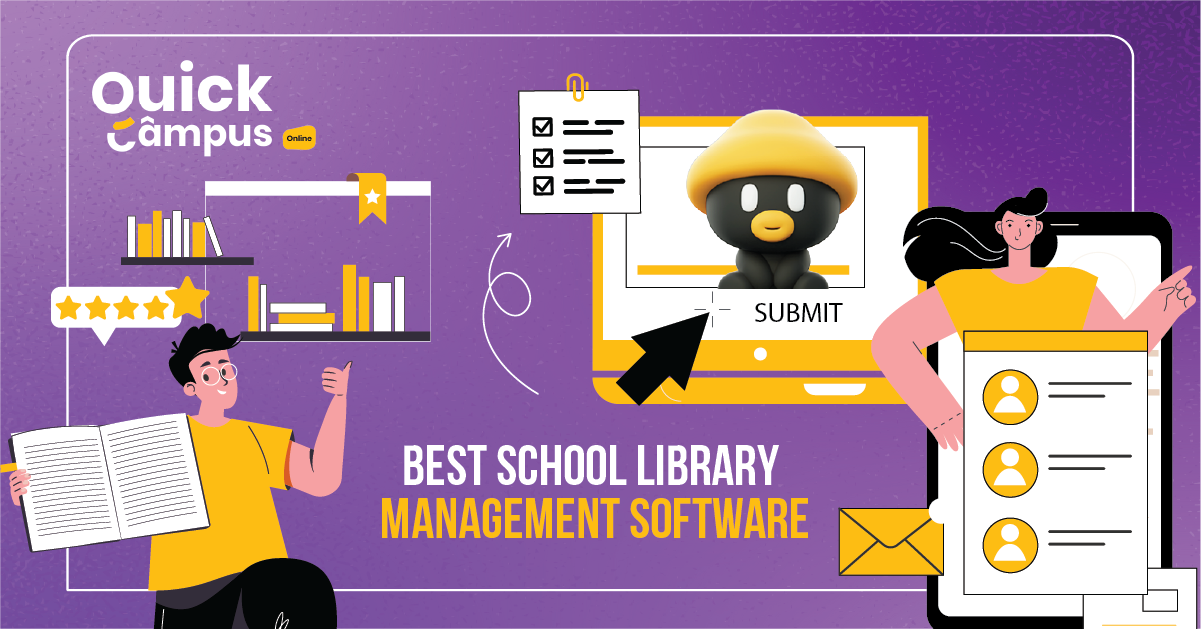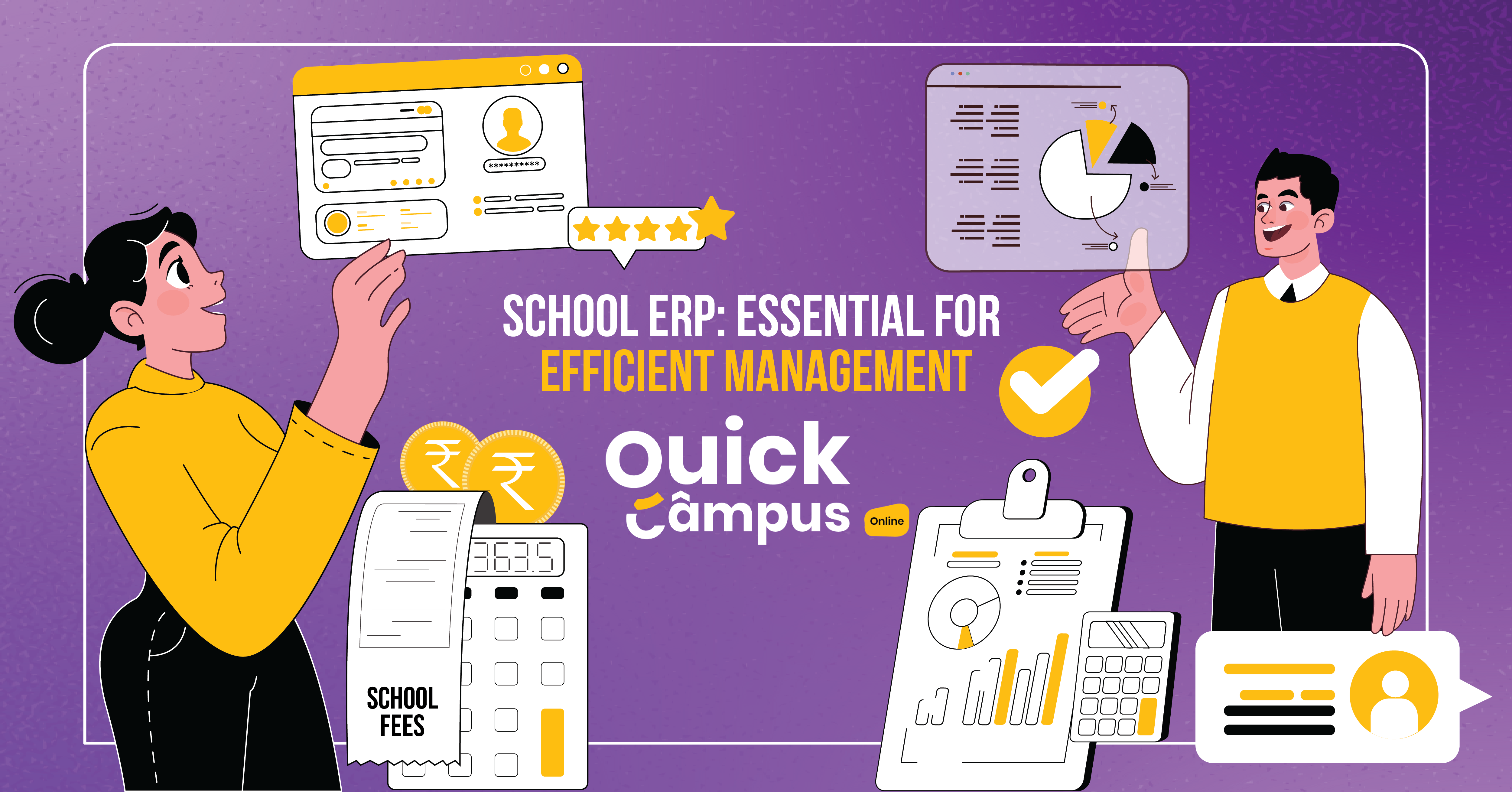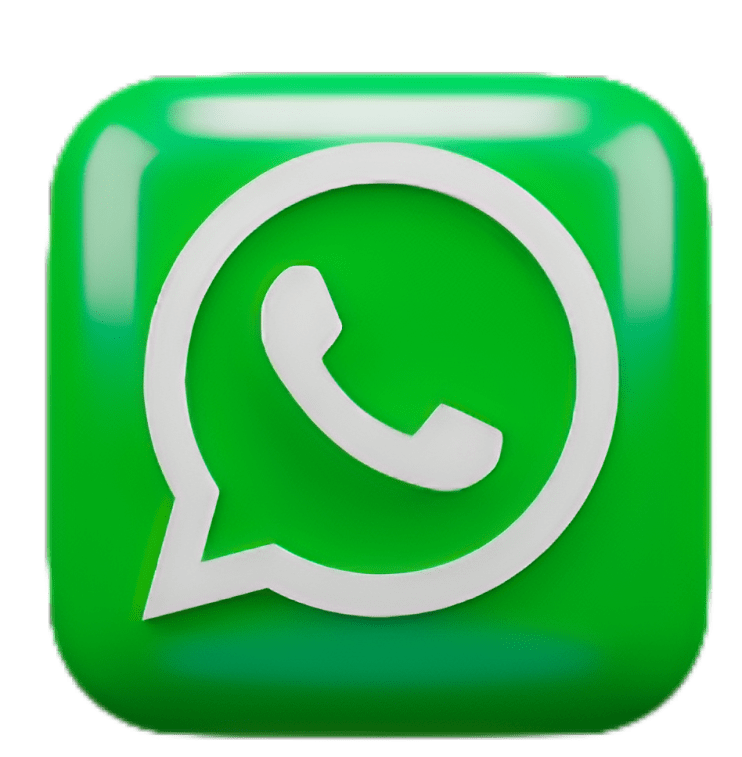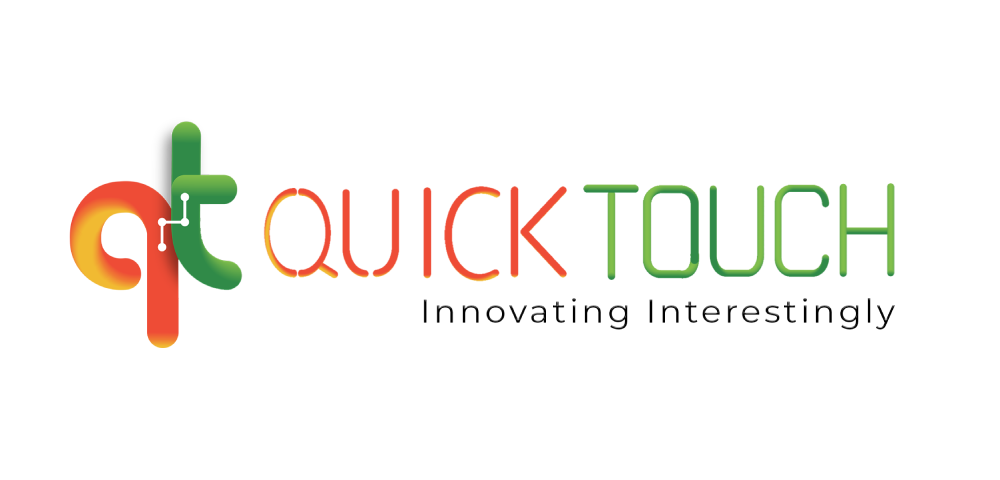QuickCampus: Best Library Management Software for Schools
Working in a school library in the year 2024 is all about ensuring the library is easy to use, has access, and is not difficult to incorporate any new technology as it becomes available. Over the past few years, libraries have changed rapidly because new technologies have become common and dramatically expanded what we can do. Great tools that help students have been included in the likes of QuickCampus, which is software linked to meet the demands of the students.
QuickCampus Library Management: Simplifying Access, Organization, and Analytics
Quick Campus is a program that helps schools run smoothly and has a special part for the library. This Library Management Software is the best choice for schools for the following reasons:
Comprehensive Cataloging and Inventory Management
The software is designed to help school libraries in cataloging and inventory management. In this way, all the resources provided in the library can be either arranged or accounted for. It enables the easy cataloging of books, journals, and even other digital media in one central system so that students and staff can access all library resources. QuickCampus enables real-time follow-up. In other words, it indicates what is available, manages new items, and finds old materials to be thrown away. The easy method ensures the smooth running of the library for all.
Automated Circulation Management
Quick Campus makes it easy for students to borrow and return books from the library. It follows which books are out and when they need to be returned. This way, the library staff don’t have to write things down and make mistakes. The program also sends reminders to students about their books so they can return them on time and avoid paying extra money. It makes the library work better for everyone.
Enhanced Accessibility and User Experience
Adding e-books and online journals to QuickCampus makes it easier for students to use digital libraries. The mobile app lets students and parents access the library. They can view the catalog, search for resources, reserve books, and get notifications. Easy access ensures library resources are always there to support learning, whether at home or in the classroom.
Advanced Reporting and Analytics
Quick Campus can enable the library to report their favorite books, how frequently people check them out, and whether the library should keep or remove some books. The program further has charts that can be updated to reflect essential numbers. It helps library staff and managers understand what the library does well and where it is better. That helps all of us know what’s going on and improves the library for our students and teachers.
Comprehensive Library Management Software Features in Quick Campus
Books Purchased Register: Quick Campus tracks purchases of books, when they were bought, who supplied them, and how much they cost. It enables budget management and provides clarification about buying.
Accession Number Register: Each library item receives a unique accession number, simplifying cataloging and retrieval. It makes resources easily identifiable and properly recorded.
Fine Information Report: Quick Campus tracks late fines and informs students or parents about any pending fees, thereby promoting accountability and timely returns.
Stock Checking: Stock checking is simple; it only involves verifying that all items have been counted and that the correct records are maintained.
Analysis Report: Librarians can access insights into borrowing trends and resource popularity, supporting informed decision-making regarding acquisitions and library management.
Return and Issue Registration: Returns and issues are recorded automatically. It ensures proper records regarding lending activities without much manual work.
Library Pass: Class management can request digital library passes to control access. It keeps the visit organized and tracks student attendance at the library.
OPAC (Online Public Access Catalog): Quick Campus carries an OPAC that guides a student or member of staff to access online sources, which readily avail the materials needed for education.
Library Activity Monitoring: The system monitors library activities, providing insights into visitor behavior and resource usage, helping maintain organization and responsibility.
New Entry Cataloging by DDC or QR Codes: Organize resources using DDC codes or QR codes made by the school. It introduces a way of flexibility and will make it easier to locate resources.
Conclusion
In 2024, a library will have better results owing to new technology. Quick Campus developed tools that allow students to categorize, borrow, and see whether the books are available in the library automatically. Make your library an educational hub with QuickCampus. Contact us QuickCampus to set up a free product demonstration that can help your library!

